Description
**”Mathematics: Its Content, Methods, and Meaning”** is a book by *A. D. Aleksandrov*, *A. N. Kolmogorov*, and *M. A. Lavrentiev*, first published in 1962. This book is a classic in the field of mathematics, intended to provide an accessible yet thorough introduction to the core ideas, methods, and philosophical implications of mathematics. It is especially well-regarded for its clarity and depth, aiming to explain mathematics not only in terms of formulas and techniques but also in terms of its conceptual foundations and its relationship to other areas of human thought.
The book is divided into three sections, each focused on one of the aspects described in the title:
1. **Content**: This section deals with the core subjects of mathematics, such as algebra, geometry, analysis, and number theory. It explores the key results, concepts, and structures in mathematics, offering a broad overview of the field. This section is not meant to be an exhaustive textbook, but rather an introduction to the major ideas and the ways in which they interconnect.
2. **Methods**: In this section, the authors discuss the methods used by mathematicians to investigate mathematical structures, prove theorems, and solve problems. This includes formal methods, logical reasoning, and proof techniques such as induction, contradiction, and construction. The section highlights how mathematical discovery often involves both creative insight and rigorous formalism.
3. **Meaning**: The final part of the book delves into the philosophy and significance of mathematics. The authors consider questions such as what mathematics tells us about the nature of reality, its relationship with other sciences, and its place in human culture. They address the role of mathematical abstraction, the meaning of mathematical truth, and the ways in which mathematics is used to describe and understand the world.
The book is notable for its interdisciplinary approach, blending the mathematical technicalities with philosophical and historical perspectives. It remains a valuable resource for anyone interested in the foundational and conceptual aspects of mathematics.
**Key Themes:**
– The relationship between pure and applied mathematics.
– The evolution of mathematical thought and its cultural significance.
– The process of mathematical discovery and the role of intuition in mathematics.
– The role of mathematics in describing the physical world and the sciences.
The book is both a history and philosophy of mathematics and a survey of its essential concepts and methods, making it a key text for students, educators, and anyone interested in the nature and beauty of mathematics.

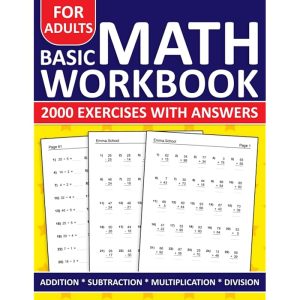
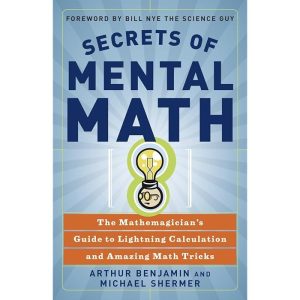
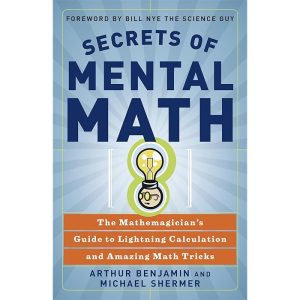
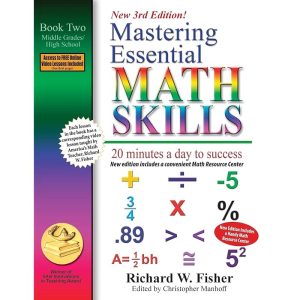





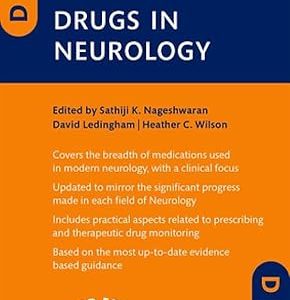



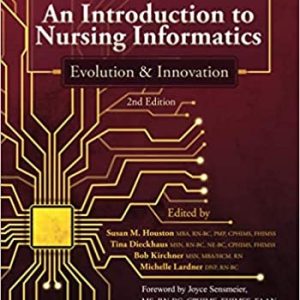
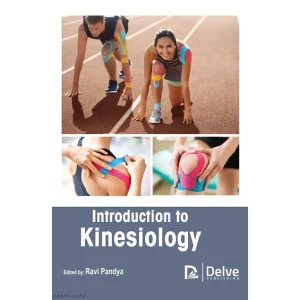




Reviews
There are no reviews yet.